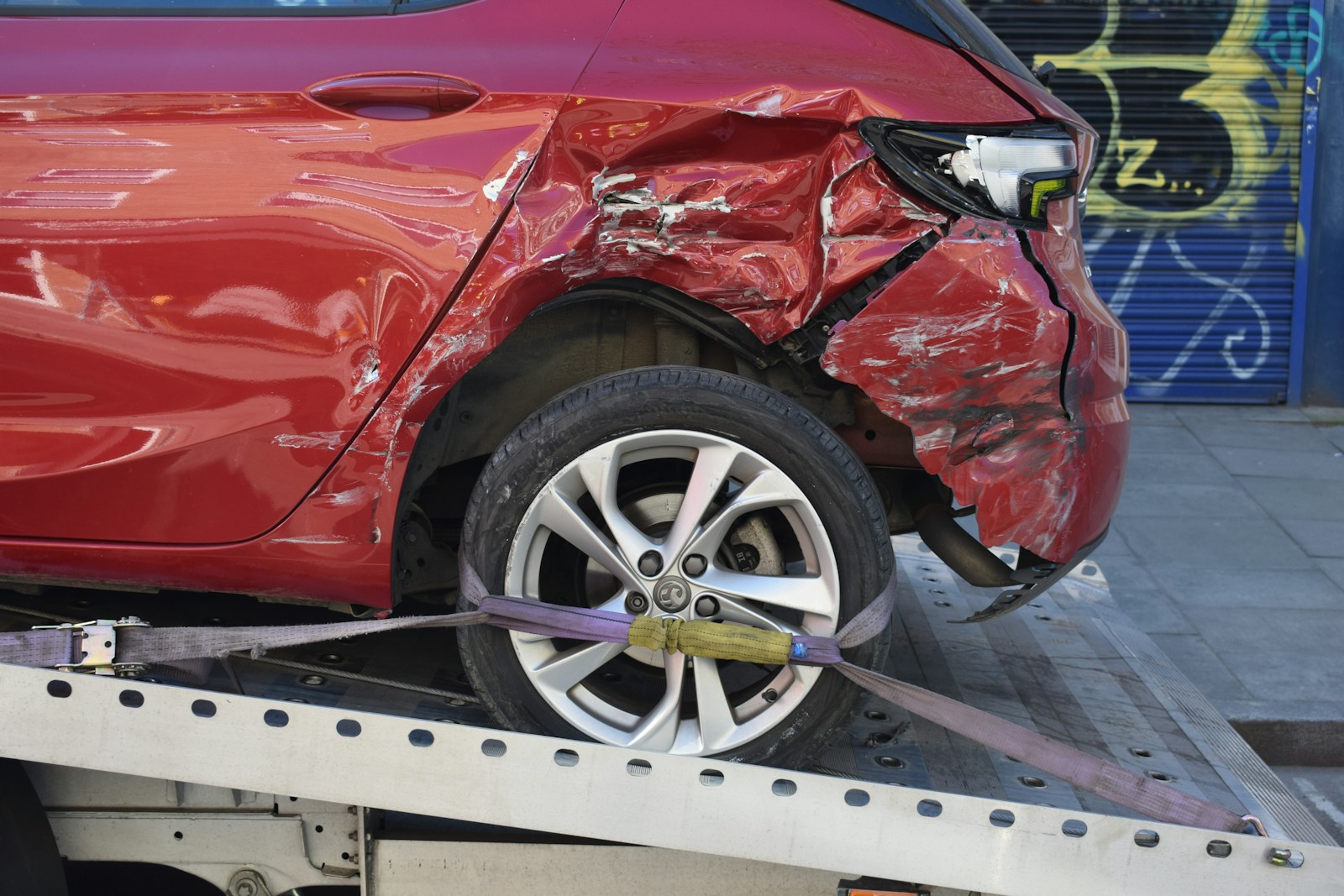Supreme Court of India on Contributory Negligence and Future Income in Motor Accident Claims: An Analysis of S. Mohammed Hakkim v. National Insurance Co. Ltd. & Ors.

Introduction
The Supreme Court of India’s decision in S. Mohammed Hakkim v. National Insurance Co. Ltd. & Ors. marks an important development in motor accident compensation law. The Court enhanced the appellant’s compensation to ₹91.39 lakh while revisiting contributory negligence and adopting a realistic approach to the assessment of future earning potential for students. This judgment not only addresses apportionment of liability among multiple drivers and insurers but also reinforces the principle that compensation must reflect the actual economic and social impact of catastrophic injuries.
Factual Background and Procedural History
On 7 January 2017, the Appellant, a 20-year-old third-year engineering student, met with a serious accident on a highway near Coimbatore. While riding his motorcycle with a pillion rider, he collided with a car that suddenly braked without warning. The impact caused him to fall onto the road, where a bus trailing behind ran over him, leading to the amputation of his left leg from the waist down.
The appellant filed a claim of ₹1.16 crore before the Motor Accident Claims Tribunal (MACT). The Tribunal awarded ₹91.62 lakh but deducted 20% for contributory negligence, holding only the bus insurer liable. On appeal, the Madras High Court increased the appellant’s contributory negligence to 30%, apportioned liability among the car driver (40%), bus driver (30%), and appellant (30%), reduced attendant charges significantly, and lowered the overall award to ₹58.53 lakh while granting ₹5 lakh for future medical expenses. The appellant challenged this reduction and the finding of increased negligence before the Supreme Court.
Arguments and Legal Issues
The central legal issues were threefold:
- Whether the High Court erred in increasing the appellant’s contributory negligence and in modifying the apportionment of liability among the car and bus drivers.
- Whether the notional income fixed by the Tribunal was too low considering the appellant’s status as an engineering student.
- Whether the High Court’s drastic reduction of attendant charges was justified.
The appellant contended that the High Court erred in increasing his contributory negligence and undervaluing his future income despite his being an engineering student. He argued that the car driver’s abrupt and unannounced braking was the immediate cause of the accident and that the attendant charges reduced by the High Court were necessary given his lifelong dependency on assistance.
The insurers defended the High Court’s findings. The car insurer argued that liability should not fall on the car driver since the appellant struck the car from behind. The bus insurer emphasized the appellant’s lack of a valid license and his failure to maintain sufficient distance, asserting that his contributory negligence warranted reduction of compensation.
Court’s Observations
The Supreme Court scrutinized the findings of both the Tribunal and the High Court. It observed that while the appellant had indeed failed to maintain sufficient distance and was riding without a valid license, the primary cause of the accident was the sudden braking by the car driver without any warning signal on a high-speed highway. The Court held that the driver’s explanation that he braked suddenly due to his pregnant wife’s nausea was unreasonable and could not excuse such dangerous conduct.
The Court apportioned negligence as follows:
- Car Driver: 50%
- Bus Driver: 30%
- Appellant: 20% (contributory negligence)
It emphasized that drivers on highways have a heightened duty to signal intentions clearly to avoid chain collisions and that the failure to do so constituted significant negligence.
On compensation, the Court recalculated the award, drawing from its decision in Navjot Singh v. Harpreet Singh, 2020, where it had recognized that an engineering student’s notional income should reflect future earning potential rather than minimum wages. Applying this reasoning, it fixed the appellant’s monthly income at ₹20,000, added 40% towards future prospects, and applied a multiplier of 18 as laid down in Sarla Verma v. DTC (2009), which was reaffirmed in National Insurance Co. Ltd. v. Pranay Sethi (2017). This yielded a figure of ₹60.48 lakh for loss of income alone.
The Court restored attendant charges of ₹18 lakh, stating that the High Court’s reduction lacked justification. Recognizing the severity of the disability, it also enhanced compensation for loss of marital prospects from ₹2.5 lakh to ₹5 lakh. It upheld the award of ₹5 lakh for future medical expenses and retained amounts for pain and suffering, nourishment, transportation, and actual medical bills, which totaled ₹22.03 lakh. The final figure stood at ₹1.14 crore, reduced by 20% contributory negligence, resulting in ₹91.39 lakh. Liability was apportioned between the car and bus insurers in proportion to their drivers’ negligence.
Conclusion
The Supreme Court’s judgment reaffirms several key principles in motor accident law. It recognizes that contributory negligence must be evaluated contextually and proportionately, particularly where the primary cause lies in another driver’s reckless conduct. It emphasizes that compensation must adequately address not only the financial loss but also the social and functional implications of life-altering injuries.
By invoking Navjot Singh, Sarla Verma, and Pranay Sethi, the Court highlighted its commitment to realistic and precedent-based computation of compensation. Its focus on the earning potential of students signals a welcome shift towards a forward-looking assessment that better aligns with economic realities. The ruling also reinforces the heightened duty of drivers on highways to signal before braking abruptly, thereby linking tort law with road safety norms.
Author’s Opinion
This judgment is a well-reasoned and empathetic intervention that corrects the High Court’s rigid approach to both negligence and quantum of compensation. Its reliance on Navjot Singh is particularly commendable as it recognizes that students in professional courses must be treated differently from unskilled workers in calculating notional income. The restoration of attendant charges and enhancement of marital prospects also reflect the Court’s appreciation of the holistic consequences of disability, extending beyond mere economic loss.
In my view, the decision strengthens the remedial role of tort law in India. It aligns compensation jurisprudence with both fairness and social realities while remaining anchored in established precedent. It sends a clear message to insurers and lower courts that mechanical reductions in awards or exaggerated findings of contributory negligence cannot be sustained where they fail to consider the true circumstances of an accident and its aftermath.
This ruling sets a valuable precedent for future cases involving young victims and multi-vehicle accidents, blending doctrinal rigor with a humane understanding of the law’s purpose to restore dignity and provide meaningful relief to those whose lives have been irreparably altered by negligence on the road.
For further details, contact us at: contact@indialaw.in
By entering the email address you agree to our Privacy Policy.



